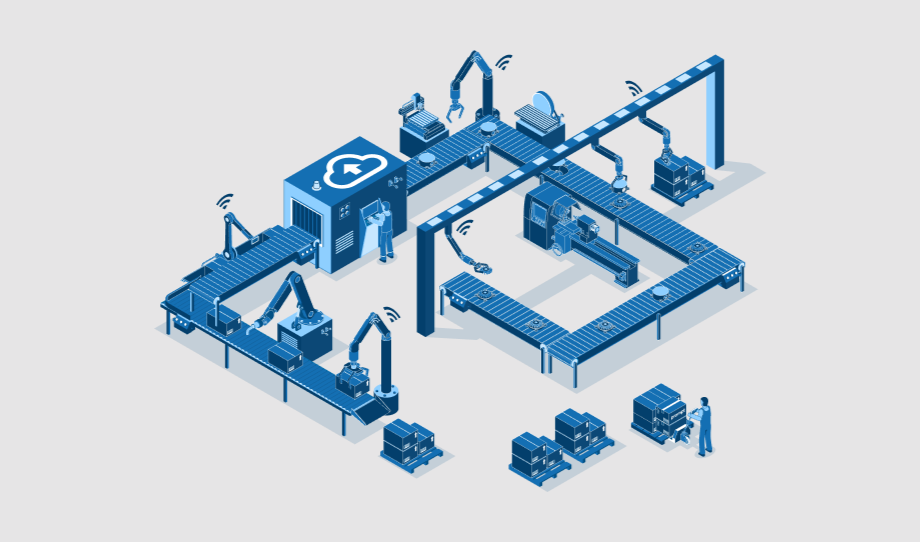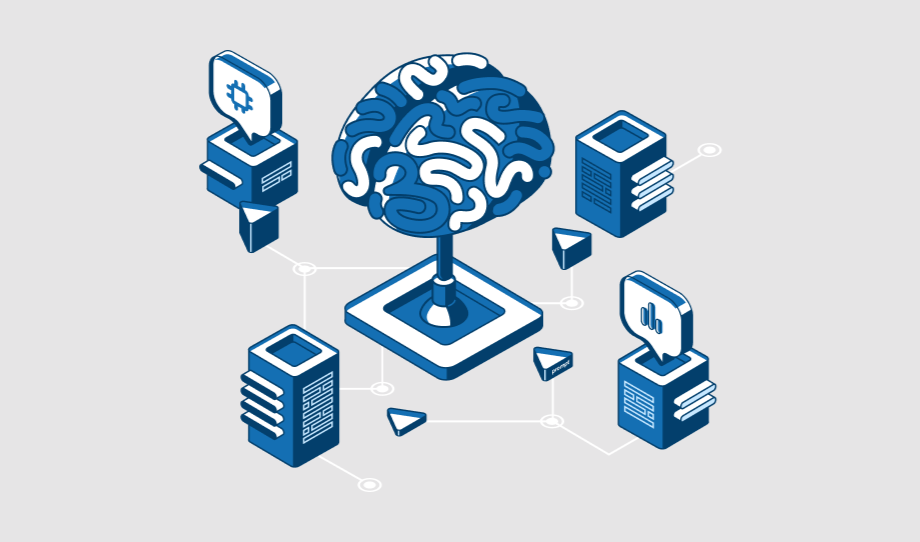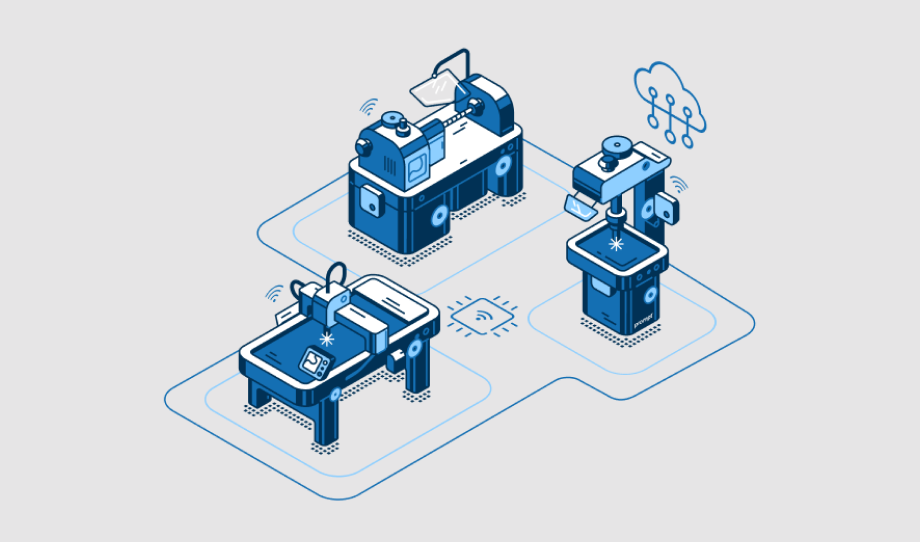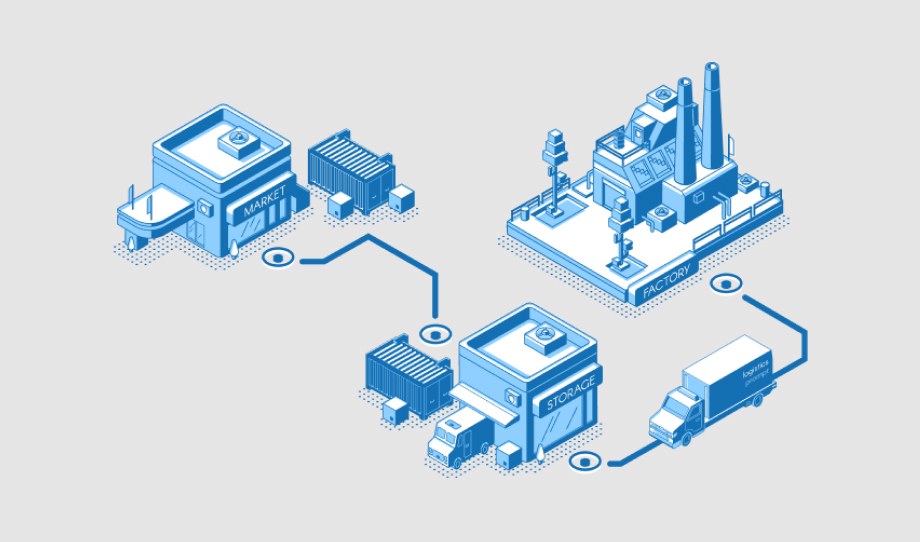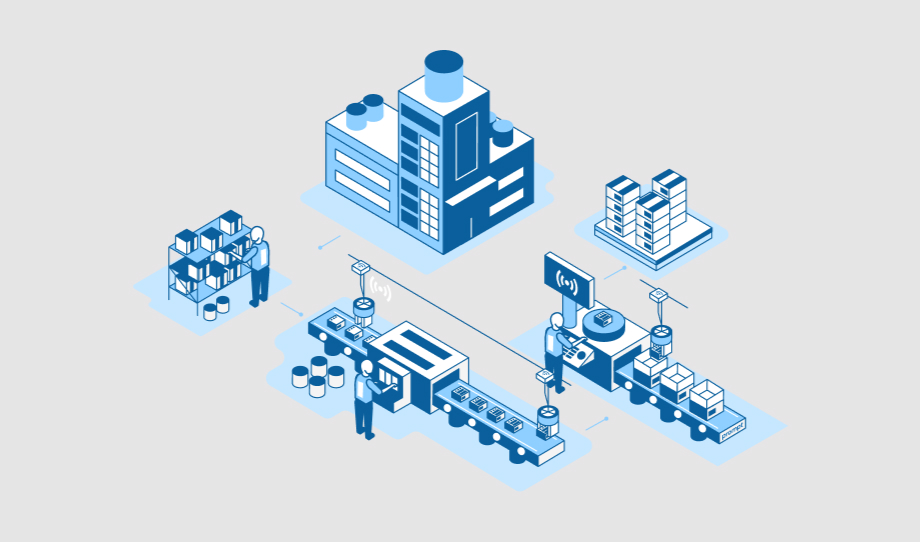Why Connect Industrial Protocols with Cloud
Industrial protocols are conversations between industrial automation products for data collection or control. At the beginning…
How can Artificial Intelligence Boost the Manufacturing Industry?
Today, most of the Giant industries, around 83 percent, believe that AI delivers better outcomes; however,…
Energy Harvesting and IIoT: Sustainability for the Industrial IoT
The world is encountering tremendous economic and ecological changes along with challenges. The futuristic technologies are…
How is IoT Helping The Procurement Team in Improving Productivity?
Today, almost every device is connected; whether it is your smartwatch, air conditioner, or television, we…
How can IoT Sensors Improve Productivity in Manufacturing?
Internet of Things has been reaching out to almost every sector, and as a result, it…




